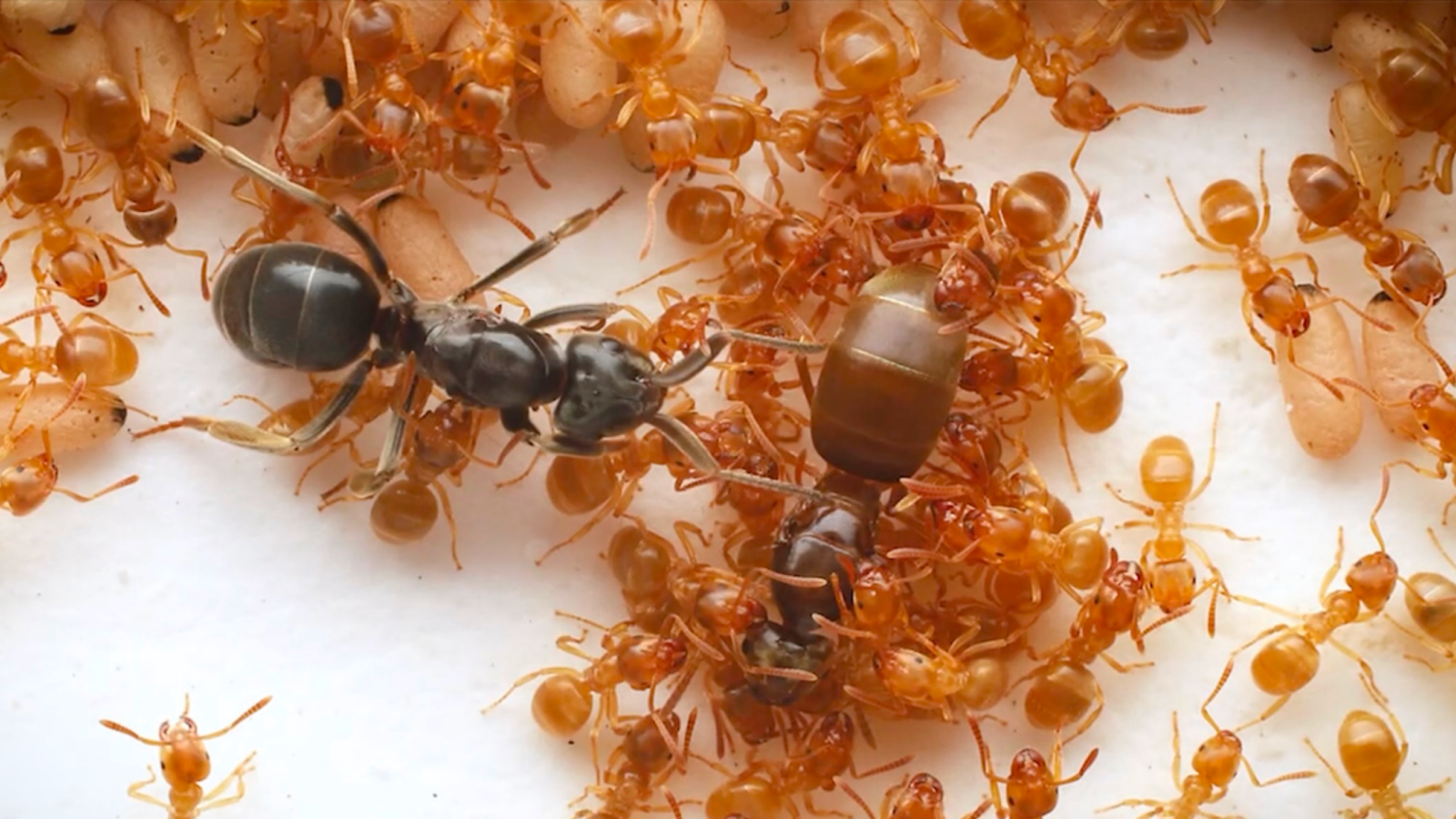New Type of Volcano Pops Up

A series of mysterious eruptions in the western Pacific could be caused by a new type of volcano, a new study suggests.
Three processes are responsible for the formation of volcanoes on Earth, according to theories:
- The planet's tectonic plates, which move around something like broken eggshells on water, can move away from each other, allowing magma to seep up.
- The plates can also move towards each other, forcing eruptions.
- Plumes of magma well up from deep inside the Earth.
In the July 28 issue of the journal Science, researchers report the discovery of tiny active volcanoes on the Pacific Plate that aren't caused by any of these mechanisms.
These small volcanoes may be widespread on ocean floors where the mantle just under the crust is squeezed out by tectonic forces when one plate moves under another, the researchers explained.
"The possibility of this type of volcanism had been proposed in the past, but had never been adequately documented," said study co-author Naoto Hirano of Scripps Institution of Oceanography at the University of California, San Diego Ultimately. "We believe that these volcanoes should be classified as a fourth type of volcanism."
Dubbed "petit spots," these new types of volcanoes are difficult to spot using satellite technology. Specific geophysical and sampling expeditions would have to be carried out in order to locate them, Hirano explained.
- Volcano Gallery
- How Volcanoes Work
- Mystery Vibrations Detected Inside Earth
- New Volcano Threat: Just When You Think It's Safe ...
- Volcano Quiz
Get the world’s most fascinating discoveries delivered straight to your inbox.

